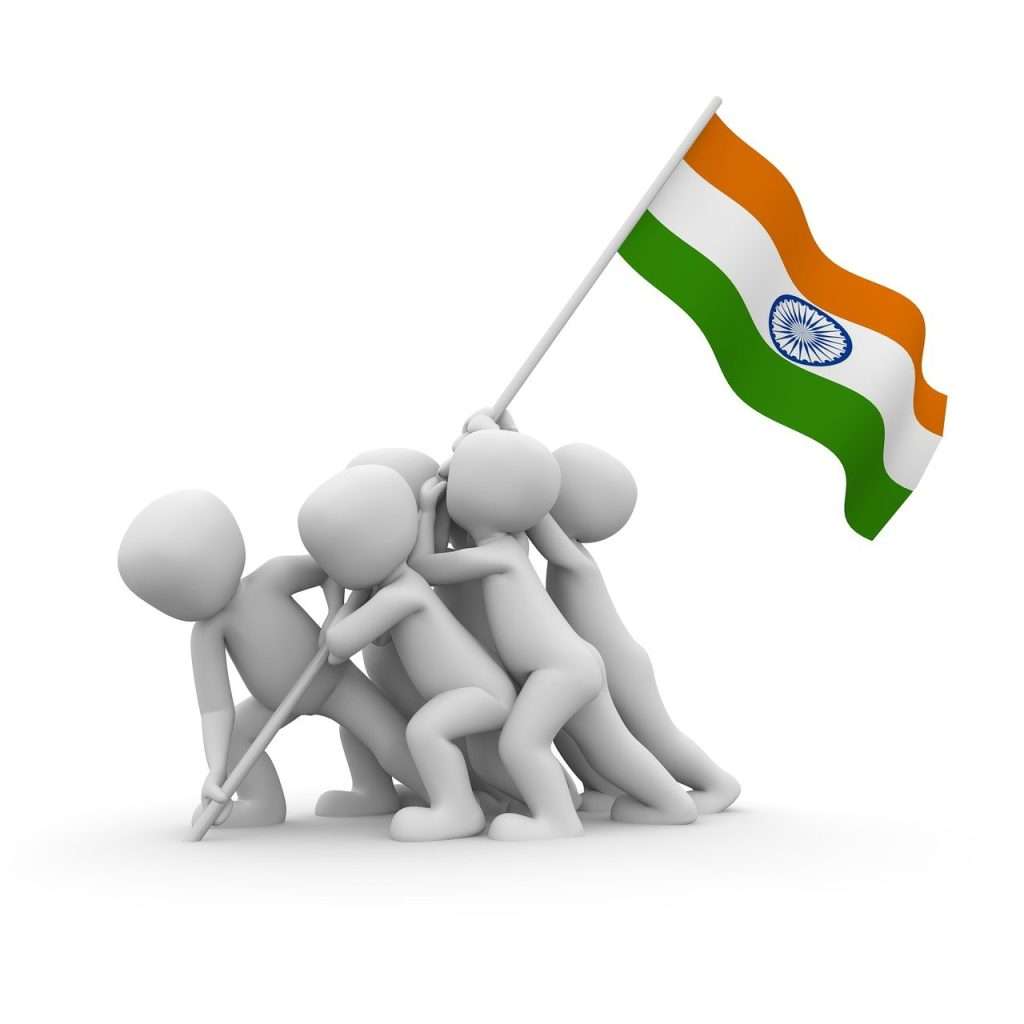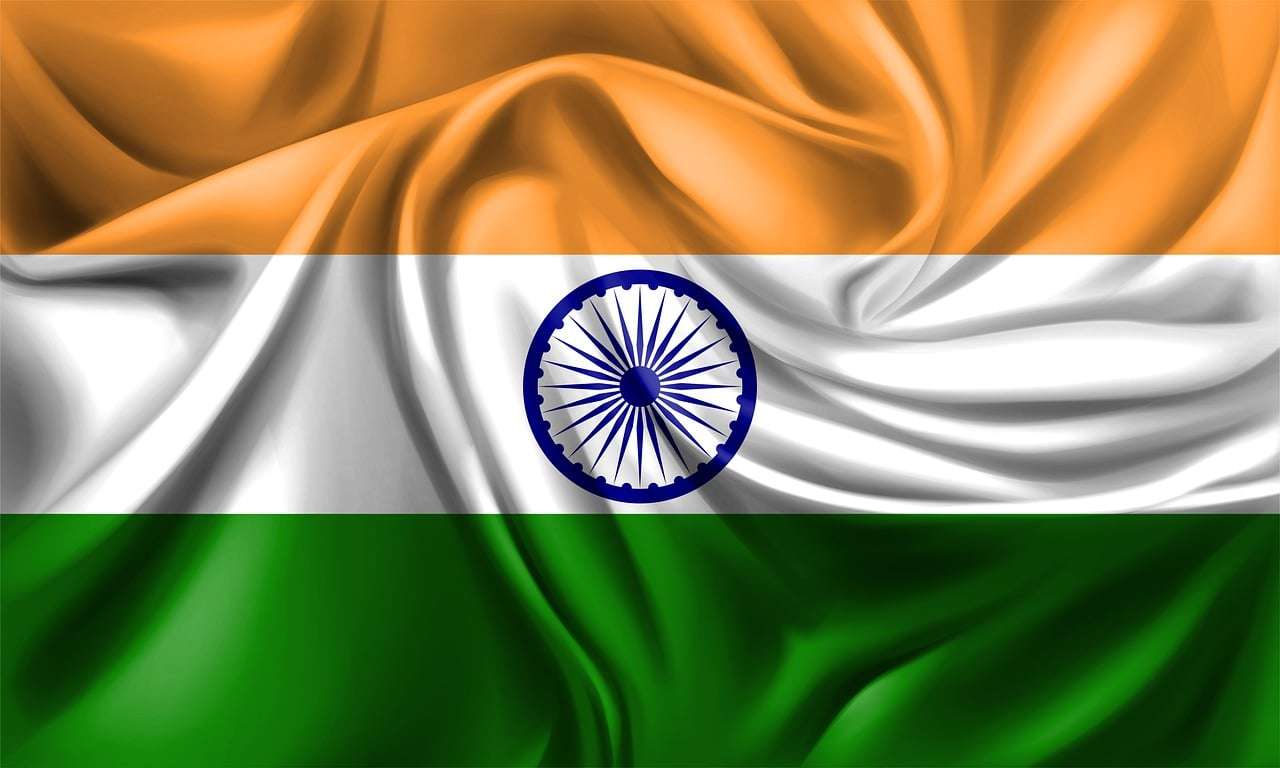Image Credit Pixabay
Independence Day in India is celebrated on August 15th every year. It marks the day when India gained independence from British rule in 1947. The significance of Independence Day lies in the fact that it symbolizes the end of British colonial rule and the beginning of a sovereign, democratic nation.
Key features of Independence Day celebrations in India include:
- Flag Hoisting: The Prime Minister of India hoists the national flag at the Red Fort in Delhi. This is followed by the singing of the national anthem.
- Address to the Nation: The Prime Minister addresses the nation from the Red Fort, highlighting the achievements of the country, outlining future goals, and reflecting on the importance of freedom and democracy.
- Parades and March Past: Independence Day celebrations include parades showcasing the country's military strength, cultural diversity, and achievements. The march past involves contingents from the armed forces, paramilitary forces, and school children.
- Cultural Programs: The event features cultural performances, patriotic songs, and dances by school children, folk artists, and other performers.
- Awards and Decorations: On Independence Day, the President of India confers prestigious awards like the Bharat Ratna, Padma Bhushan, Padma Vibhushan, and others to individuals who have made significant contributions to the nation in various fields.
- Flag Hoisting Across the Country: Flag hoisting ceremonies take place at government offices, schools, colleges, and other public places across the country. People also hoist the national flag at their homes.
- Fireworks and Celebrations: The day is often marked by fireworks, cultural events, and patriotic fervor. People celebrate in various ways, expressing their love for the country.
Independence Day is a national holiday in India, and the entire nation comes together to celebrate the spirit of freedom and democracy. It is a day to remember and honor the sacrifices made by the freedom fighters who fought for India's independence. The tricolor flag, with saffron at the top, white in the middle, and green at the bottom, symbolizes the country's unity in diversity, and the navy blue Ashoka Chakra in the middle represents the law of dharma (righteousness).
Citizens also take part in various activities to express their patriotism and commitment to the progress and development of the country. Schools, colleges, and communities organize events, and the atmosphere is filled with a sense of pride and joy as India celebrates its Independence Day.

Predicting the future of any country, including India, involves uncertainties and depends on various factors such as economic trends, political developments, technological advancements, and societal changes. While I can't provide specific predictions, I can highlight some potential trends and areas of focus that could shape the future of India:
- Economic Growth: India has the potential for continued economic growth, driven by a large and young population, increasing urbanization, and ongoing economic reforms. Sectors like technology, healthcare, renewable energy, and manufacturing could play key roles in shaping India's economic future.
- Technology and Innovation: The tech sector is likely to play a significant role in India's future. Continued advancements in areas such as artificial intelligence, biotechnology, and clean energy could contribute to economic development and job creation.
- Demographic Dividend: India's youthful population could be a significant asset, provided there are adequate opportunities for education, skill development, and employment. Harnessing this demographic dividend is crucial for sustained economic growth.
- Urbanization: The pace of urbanization in India is expected to continue. Managing this process effectively will be important for infrastructure development, resource management, and addressing challenges related to pollution, traffic, and housing.
- Environmental Sustainability: As concerns about climate change grow, India is likely to place increased emphasis on sustainable development, renewable energy, and environmental conservation. Balancing economic growth with environmental responsibility will be a key challenge.
- Healthcare and Well-being: Improving healthcare infrastructure and services will be crucial for the well-being of the population. The ongoing COVID-19 pandemic has underscored the importance of a robust healthcare system.
- Global Relations: India's role in international affairs is expected to evolve. Strengthening diplomatic ties, participating in global initiatives, and addressing regional challenges will likely be part of India's foreign policy agenda.
- Education and Skill Development: Investing in education and skill development will be essential for preparing the workforce for the jobs of the future. Emphasis on technology-driven education and vocational training can enhance employability.
- Social Equality and Inclusion: Efforts to address social inequalities, promote gender equality, and ensure social justice will likely be a focus. Inclusive development policies are essential for building a more equitable society.
- Political Landscape: The political landscape in India may witness changes over time. The country's commitment to democratic principles and the ability to manage diversity will continue to be critical for stability and progress.
It's important to note that these are broad trends, and the actual trajectory of India's future will depend on a combination of policies, global developments, and the actions of various stakeholders. Additionally, unexpected events and challenges can influence the course of a nation's development.
News, Health, Travel & Entertainment Telegram Channel Click to Join Infimor
KK
